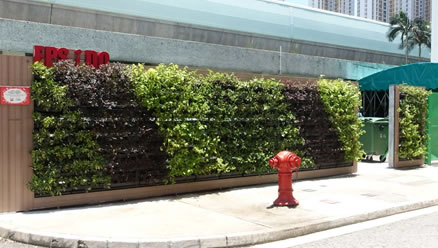Starting from 20 January 2025 9:00 a.m., all SMS messages sent by EPS Company to local mobile services subscribers will use “Registered Sender IDs” with the prefix “#” including #EPS, #EPSHK, #EPS_OTP and #EPS_Promo, please refer to “Important Notice” and “FAQ” for more details.

